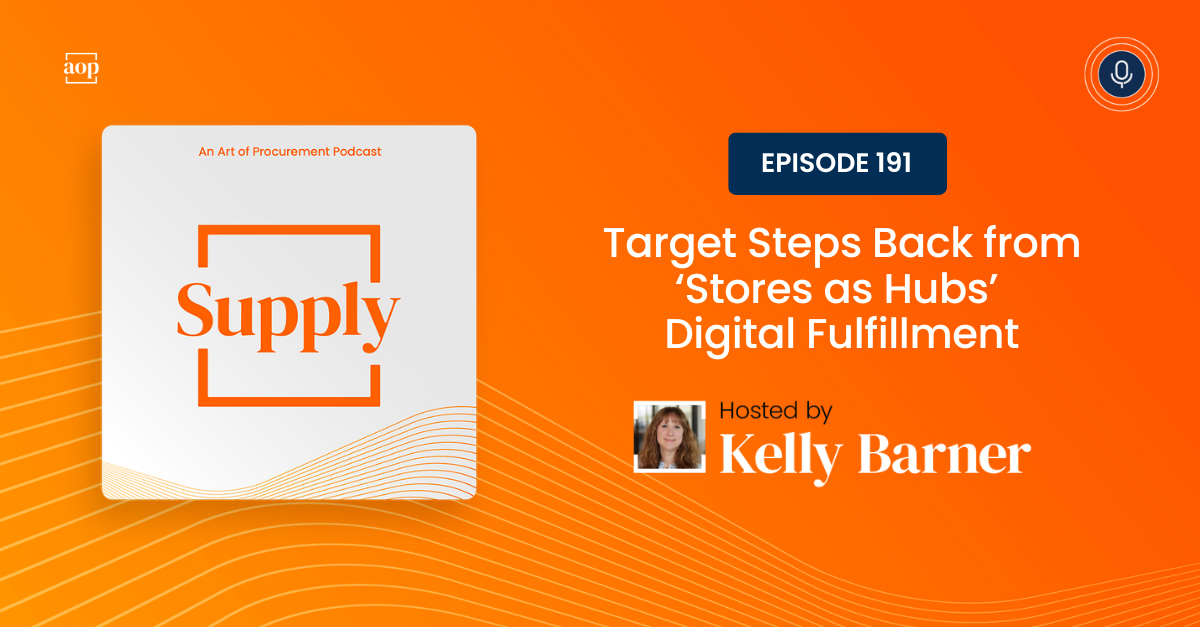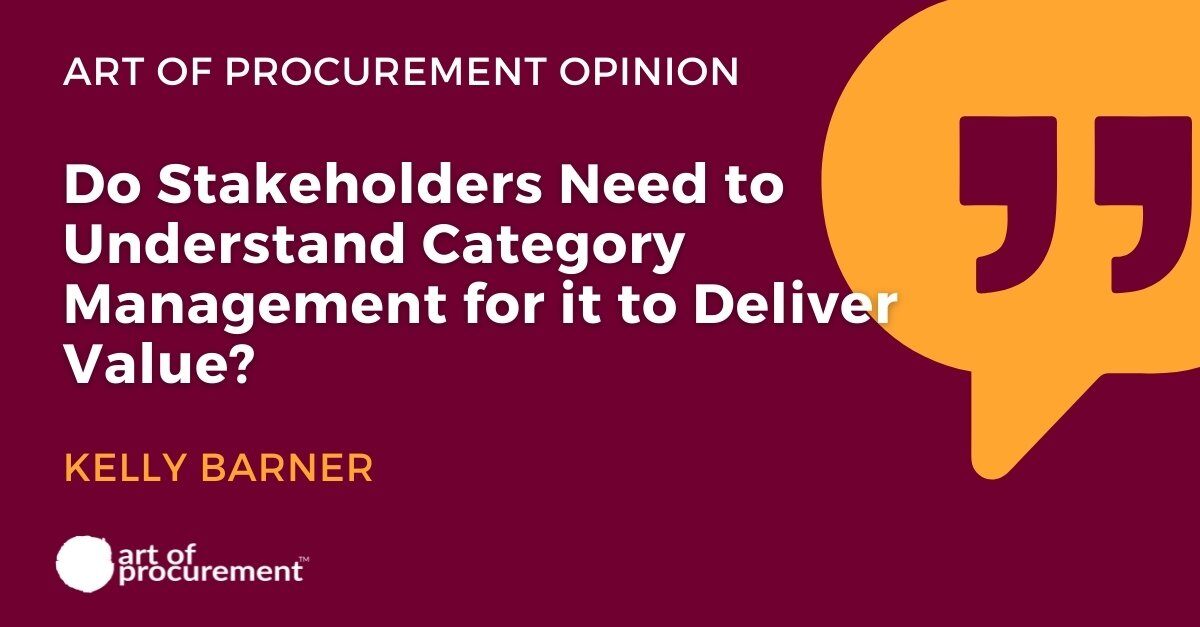3 min read
What Changes for Procurement Once You Accept Government Recovery Funds
Philip Ideson : March 26, 2020

Late last night, the US Senate passed the CARES Act to provide funds aimed at strengthening families and industries most impacted by the ongoing coronavirus crisis. It is expected to pass the House of Representatives on Friday and shortly thereafter by signed into law.
The initial reaction from boardrooms around the country will be one of relief – that the US government is doing what is needed to help them stave off the unthinkable consequences of an economy that has ground to a halt. Now the hard work can begin to nurse companies back to health, the same companies that just weeks ago had strong balance sheets and cash positions.
Once a company accepts recovery funds, there are a number of consequences that must be addressed. These stem from the regulatory and oversight requirements associated with receiving money, but also from the court of public opinion who now has an expectation that the business will be run in their best interests as they become major investors (airlines that accept funds can say goodbye to fees for seat assignments, early boarding, baggage, and the like if they want to avoid a PR nightmare).
Case in Point: TARP
Almost twelve years ago, on December 29th 2018, GMAC (now Ally Financial) was controversially rescued by the US Treasury through the Troubled Asset Relief Program (TARP). I had joined the company less than three weeks earlier, and became part of the team that helped turn the bailout into a profitable exit for the US government, ultimately serving as the Head of International Procurement.

Based on my experience at GMAC, I can see four major factors that procurement leaders at these companies must plan for:
Procurement has never been as important as today.
Early signs are that a condition of receiving recovery funds will be a commitment to limit layoffs. The two biggest expense line items on any organization’s profit and loss statement are the cost of their employees and the cost of external products and services. Expense management will become the number one tool in a CFO’s toolbox to reduce costs in response to the new normal.
With expense reduction becoming the number one priority, procurement leaders will have a burning platform like never before. Despite pressure from the CFO, they will need to approach this with a view on the medium term. Savings must stick, but they must also be achieved in a way that does not alienate their most important suppliers. Value beyond savings will remain important in pockets, and it will be a key procurement responsibility to ensure that the organization does not perceive them as having a singular value proposition.
Risk mitigation becomes priority number 2
Risk management and mitigation are important for all companies, not just those who accept recovery funds. For those that do, risk mitigation will become an even bigger component of the procurement value proposition. The financial position of your company means that a culture of risk aversion will quickly take hold and your organization will have a singular focus on repaying any money received as quickly as possible.
It will require a huge investment of resources to manage risk mitigation. For example, as a condition of accepting TARP funding, my company had to painstakingly update every supply contract with language that included certain performance requirements and audit rights. We also had to build a Third Party Risk Management program from scratch.
This time around, procurement teams will also have a duty to ensure that any recovery funds they receive trickle down – in one form or another – to vulnerable small and medium sized businesses within their supply chain, protecting themselves while putting those funds to work to strengthen the entire supply ecosystem.
Staff retention and hiring just got a whole lot harder
Training and staff development budgets are often one of the first expenses to be reduced in times like these. However, for companies that accept recovery funds, they may be the only tool at your disposal to retain high performing staff.
Naturally, high performers will be inundated with offers to join companies who emerge as the “winners” from this pandemic, as organizations with strong cash positions will use that cash to build a moat around their competitive advantage.
Recipients of TARP funding had restrictions placed on the salary packages that they could offer, and they just could not match the compensation packages being offered by those companies who were financially stronger – nor could they be competitive in the job market to attract top performers who had increased demands associated with the perceived risk of joining a company with uncertain prospects.
Along with an increased investment in staff retention, procurement leaders will likely have to architect an organization design that relies more heavily on external resources to supplement their internal teams. For while the ability to offer competitive compensation may be limited by regulatory constraints, investments in third party consultants and managed service providers will not be.
You will be expected to localize your supply base and invest in American jobs.
While a reconsideration of both virtual and physical supply chains for both products and services will be necessary as part of your increased risk management efforts, you will also be under public and political pressure to localize your supply chain by investing in American jobs and suppliers. This may contradict the need to aggressively reduce expenses, but you should start to develop strategies that include relocating call centers, BPO back offices, and offshore shared services centers back to the United States.
—
I’m not saying for a moment that executives and individual contributors should not embrace the feeling of relief associated with securing government funding – for my team and I at GMAC, this was the first step of our new beginning. As procurement is uniquely positioned to understand, there are always trade offs. Right now, our biggest opportunity is to be a stable force for good, calm decision making, and to help the company understand the qualitative and quantitative impact of every choice they make.
Note: this post was originally published on LinkedIn.
Photo by Michael Judkins from Pexels




